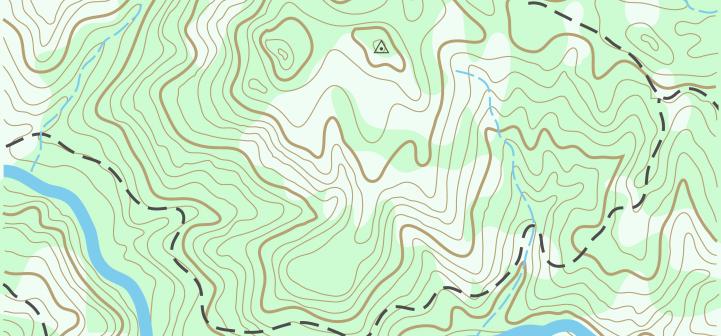A vegetation index (also called a vegetative index) is a single number that quantifies vegetation biomass and/or plant vigor for each pixel in a remote sensing image. The index is computed using several spectral bands that are sensitive to plant biomass and vigor. The most common vegetation index is the normalized difference vegetation index (NDVI). NDVI compares the reflectance values of the red and near-infrared regions of the electromagnetic spectrum using the following formula: NDVI=NIR-RED/NIR+RED NIR is the pixel’s reflectence …
What is the difference between a recreational grade GPS, a mapping grade GPS, and a survey grade GPS?
1. Recreational grade GPS receivers are sold at most box stores and at many sporting goods and camping stores. They are also available widely through Internet retailers. These units are the least expensive grade and are generally accurate to within +/- 25 feet (7.6 meters). These receivers run in the $100 to $600 range and are the type most often purchased by the general public.
2. Mapping grade GPS receivers are generally sold by “high end” and licensed resellers. These …
What are GPS differential corrections?
Every time a GPS receiver calculates its position, there is some amount of error inherent in the calculated position. Errors can be introduced from a number of sources (e.g., GPS clock errors, atmospheric conditions, the distribution of GPS satellites) over which the GPS user has little control.
Differential correction is a commonly used technique to reduce the systematic errors that decrease the accuracy of GPS positions. All differential correction techniques use correction data from a GPS base station to improve …
What’s the difference between a supervised and unsupervised image classification?
 Classified tree canopy layer in the Virginia Urban Tree Canopy Mapper – http://www.utcmapper.frec.vt.edu
Classified tree canopy layer in the Virginia Urban Tree Canopy Mapper – http://www.utcmapper.frec.vt.edu
Two major categories of image classification techniques include unsupervised (calculated by software) and supervised (human-guided) classification.
Unsupervised classification is where the outcomes (groupings of pixels with common characteristics) are based on the software analysis of an image without the user providing sample classes. The computer uses techniques to determine which pixels are related and groups them into classes. The user can specify which algorism the software will …
What is a spectral signature in remote sensing?
Features on the Earth reflect, absorb, transmit, and emit electromagnetic energy from the sun. Special digital sensors have been developed to measure all types of electromagnetic energy as it interacts with objects in all of the ways listed above. The ability of sensors to measure these interactions allows us to use remote sensing to measure features and changes on the Earth and in our atmosphere. A measurement of energy commonly used in remote sensing of the Earth is reflected energy …
